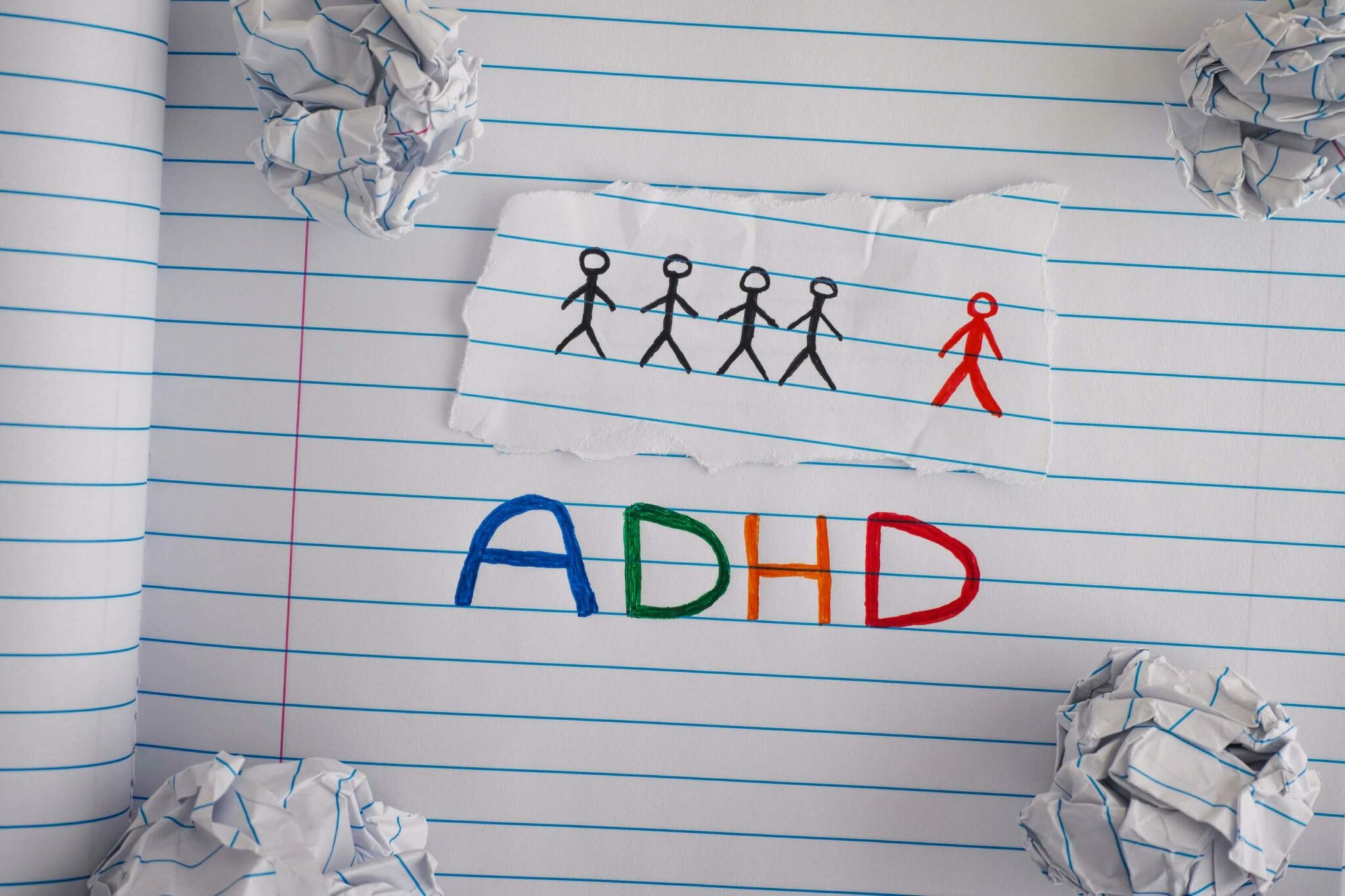What is ADHD?

Attention-deficit hyperactivity disorder (ADHD) is a common brain disorder that causes difficulty with focus, impulsivity, and/or hyperactivity. The American Academy of Pediatrics (AAP) estimates that between 4-12% of school-aged children have ADHD. Boys are three times more likely to be affected than girls. Whilst researchers are not sure of the exact cause of ADHD, the condition is believed to be a biological disorder that interferes with the brain’s ability to use neurotransmitters normally. Children with ADHD often have dysfunction at school, home and in social settings due to their symptoms.
ADHD has been referred to as “attention deficit disorder” (ADD) in the past, but ADD is no longer the official term, although it is still widely used.
The diagnosis of ADHD is not made on simple observation alone and it is rarely diagnosed prior to the age of four. The dysfunction must exist in more than one area of a child’s life, for example, they may be struggling both at home and school. In addition, the child must meet the criteria for ADHD according to the DSM-V, and other conditions that mimic ADHD must be ruled out. Parents and other caregivers such as teachers are often asked for input regarding the child’s symptoms.
A child with ADHD will display at least six symptoms from each of these two broad groups: hyperactivity/impulsivity and inattention. Not all children with ADHD will display the same symptoms and the symptoms must be interfering with daily life for at least six months. Examples of some symptoms include:
Hyperactivity:
- Difficulty staying seated
- Frequent fidgeting and squirming
- Talking too much
- Appear to be in constant motion
Impulsivity:
- Unable to wait for things
- Frequently interrupts others
- Acts and speaks without thinking
Inattention:
- Difficulty paying attention
- Frequent daydreaming
- Easily distracted
- Forgetful
- Disorganised
- Frequently loses things
The symptoms of ADHD are typically classified as the following three sub-types:
Combined inattentive/hyperactive/impulsive: This is the most common type of ADHD. Children with this form of ADHD will display symptoms from all three categories listed above.
Inattentive only: This type of ADHD was formerly referred to as attention deficit disorder and is much more common in girls. Children with this type of ADHD are not excessively active. Since their behaviors will usually not cause a disturbance in the classroom or other activities of the child, it is difficult to diagnose children with this type.
Hyperactive/impulsive: This is the least common form of ADHD and typically affects younger children. Although children with this type of ADHD do not have difficulties paying attention, they will show impulsive and hyperactive behaviors.
Sources:
- National Institute of Mental Health, Attention Deficit Hyperactivity Disorder.
- ADHD: Clinical Practice Guideline for the Diagnosis, Evaluation, and Treatment of Attention-Deficit/Hyperactivity Disorder in Children and Adolescents. Pediatrics Vol 128 No 5 November 1, 2011 pp 1007 -1022.
- Centers for Disease Control and Prevention, Symptoms and Diagnosis ADHD.
Powered by Bundoo®










